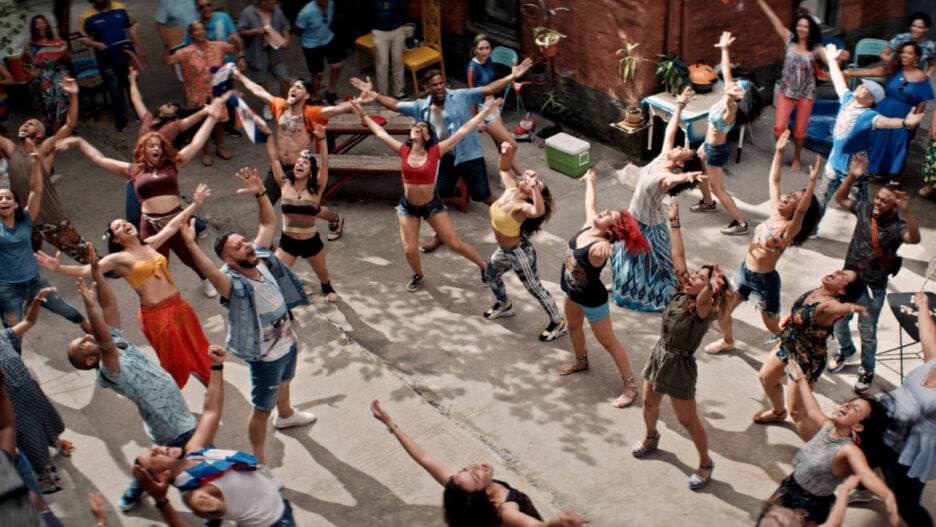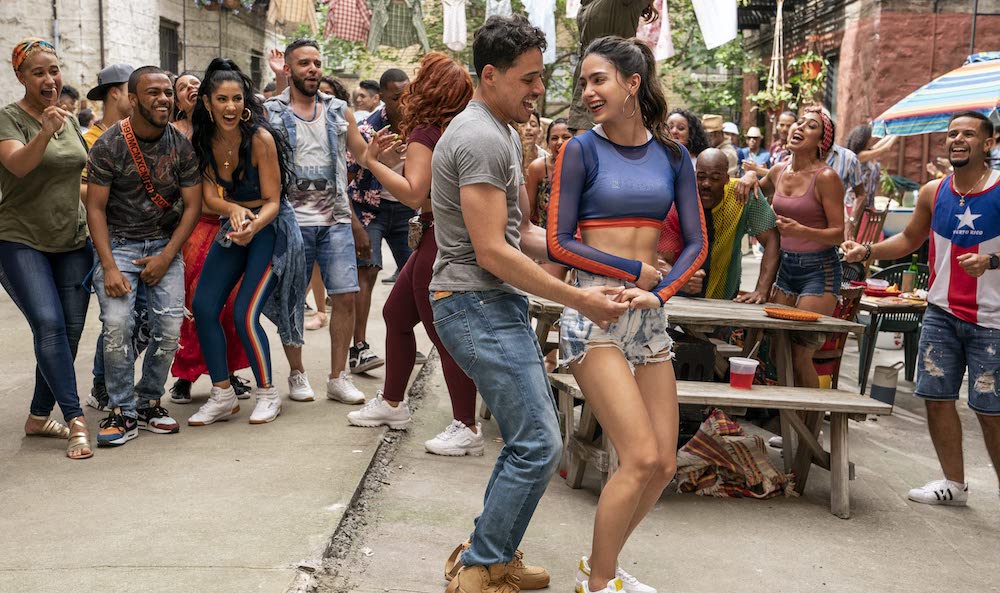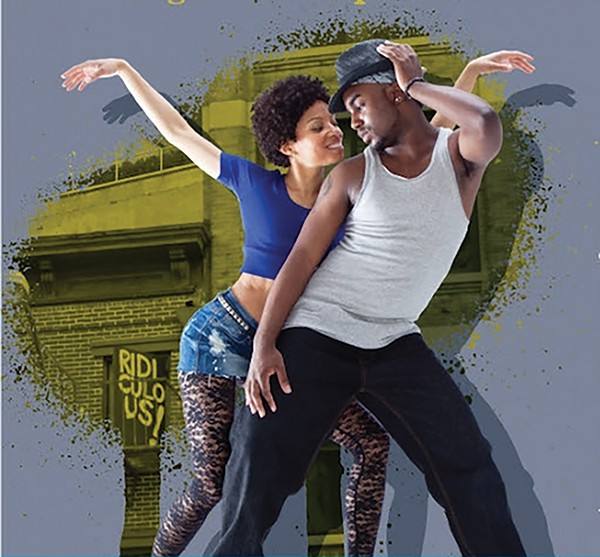One of the most stinging political critiques of the United States ever penned came from a musical. In the the 1950s, the decade now lionized as our golden age, the country was fresh off saving the world from fascism in World War II, and desperately high on its own propaganda supply. Along comes West Side Story, the 1957 Broadway adaptation of Romeo and Juliet, set in the Hispanic immigrant quarter of New York City, where teenage race gangs challenged the idea of the melting pot. In a time when racism and discrimination was studiously avoided in pop culture, “America” laid out the county’s stark dichotomies of poverty and prosperity, and set it to a jaunty beat. Presented as a dialog between optimistic women and pessimistic men of Manhattan’s Puerto Rican immigrant community, every one of Stephen Sondheim’s couplets cut to the bone. “Free to be anything you choose/Free to wait tables and shine shoes.” “I’ll get a terrace apartment/Better get rid of your accent.” “Life is all right in America/If you’re all white in America.”
The West Side Story generation is represented in In The Heights by Abuela (Olga Merediz), the kindly grandmother who immigrated to America in the 1940s. She tells the story of what happened to the Anitas and Bernardos of the world with “Paciencia Y Fe,” just one of the show-stoppers in this fantastic musical.
The first draft of In the Heights was written by Lin-Manuel Miranda in 1999, when he was a sophomore at Wesleyan University. In 2008, the future Hamilton made his Broadway debut playing Usnavi De La Vega, the owner of a corner bodega in the Washington Heights neighborhood of Manhattan’s Upper West Side. In the long-awaited film adaptation, Usnavi is played by Anthony Ramos, and Miranda is demoted to the role of Piraguero, a shaved ice vendor who witnesses the gentrification of the historic immigrant neighborhood.
Usnavi is proud of his bodega, and the community it nourishes, but he longs to return to the Dominican Republic and reopen the beachside bar his late father left to bring them to America. But his plans for the future are complicated by his crush on Vanessa (Melissa Barrera), who works in the corner nail salon run by Daniela (Daphne Rubin-Vega). Meanwhile, Nina Rosario (Leslie Grace), is returning to the neighborhood where she grew up after her freshman year at Stanford. Nina’s father Kevin Rosario (Jimmy Smits), a self-made man who owns a car service, has sacrificed much to send her to the expensive university. Nina, feeling guilty about the burden she had put on her family, has decided to drop out. Her movement between worlds is symbolized by her return to the salon, where she trades straight hair for curly, like the other neighborhood girls.
The subject of In The Heights, gentrification pushing out the natives of a long-ignored neighborhood in favor of higher-income, mostly white newcomers, turned out to be the defining fact of twenty-first century urban life. Daniela’s nail salon is being forced to move to The Bronx, and the private equity vultures are circling the Rosario’s business. In 2021, what was a New York-centric driver of conflict when Miranda picked up his pen is now relatable content in communities all over the country. Miranda’s distinctive, rapid-fire, rap-sing style of lyrical delivery made famous by Hamilton apparently emerged fully formed when he was but a wee polymath. But the sprawling ensemble and intertwining micro-narratives of In The Heights lack Hamilton’s focus and deep characterization.

While you’re in the hands of director Jon M. Chu, you’re not going to care about that very much. Chu comes out guns blazing with an epic dance sequence set to the overture, introducing the setting and characters while choreographing literally hundreds of hoofers through the real streets of New York City. “96,000” goes full Busby Berkley with a reported 500 dancers pulling shapes in an actual public pool. The film’s most gleeful show stopper is “No Me Diga,” an ensemble number set in the nail salon, featuring dancing wig heads.
Just as in Robert Wise’s 1961 West Side Story film adaptation, the leads are outshone by the supporting actors. Ramos and Barrera are great as the narrator and the object of his desire, but Grace’s deeply conflicted Nina commands the screen, and Smits (who even does some singing) is simply magnificent as the aging patriarch struggling to provide a better life for her.
In The Heights joins Moulin Rouge, Chicago, La La Land, and Rocketman on the list of great 21st century film musicals. If you’ve been waiting for something awesome to draw you back to the movie theater after a painful pandemic pause, this is the one.
In The Heights is now playing in theaters at multiple locations, and streaming on HBO Max.

